18 Essential Spices Every Home Cook Should Have
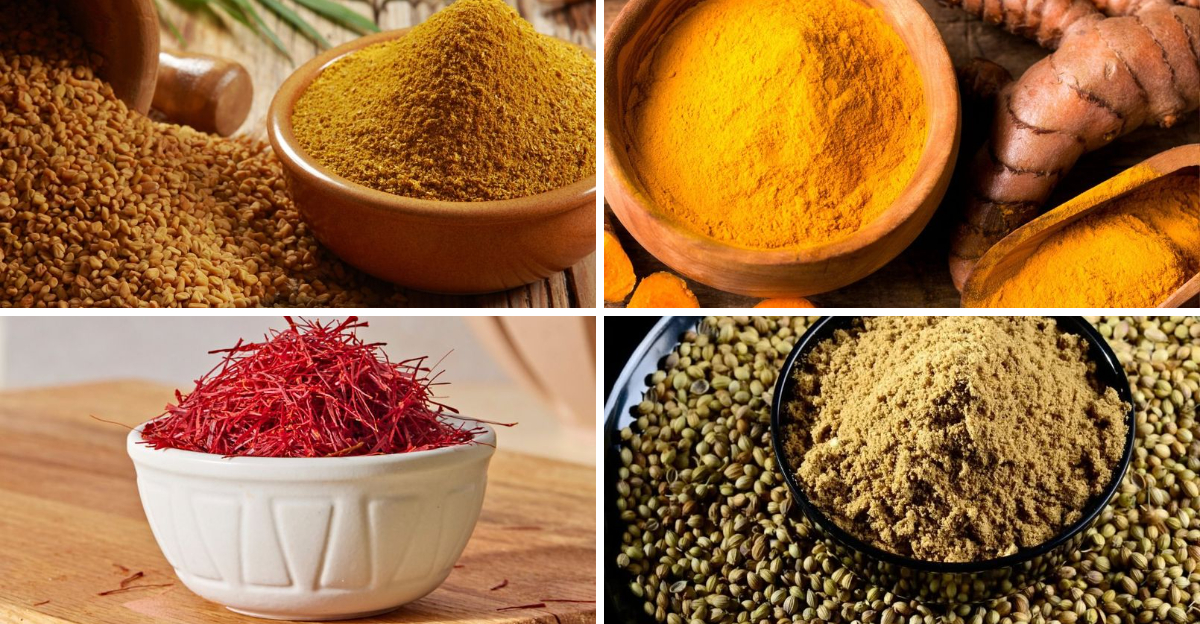
Spices form the backbone of culinary adventures, transforming ordinary dishes into extraordinary experiences. With a blend of traditional and unconventional options, this collection of 18 essential spices will invigorate your kitchen endeavors. From enhancing flavors to offering unexpected twists, each spice has its unique role in the culinary world. Whether you’re a seasoned chef or a home cook, these spices are your ticket to makeing delicious and memorable meals. Explore the array of colors, aromas, and tastes that these spices provide, and enhance your cooking game to new heights with these indispensable kitchen companions.
1. Cumin
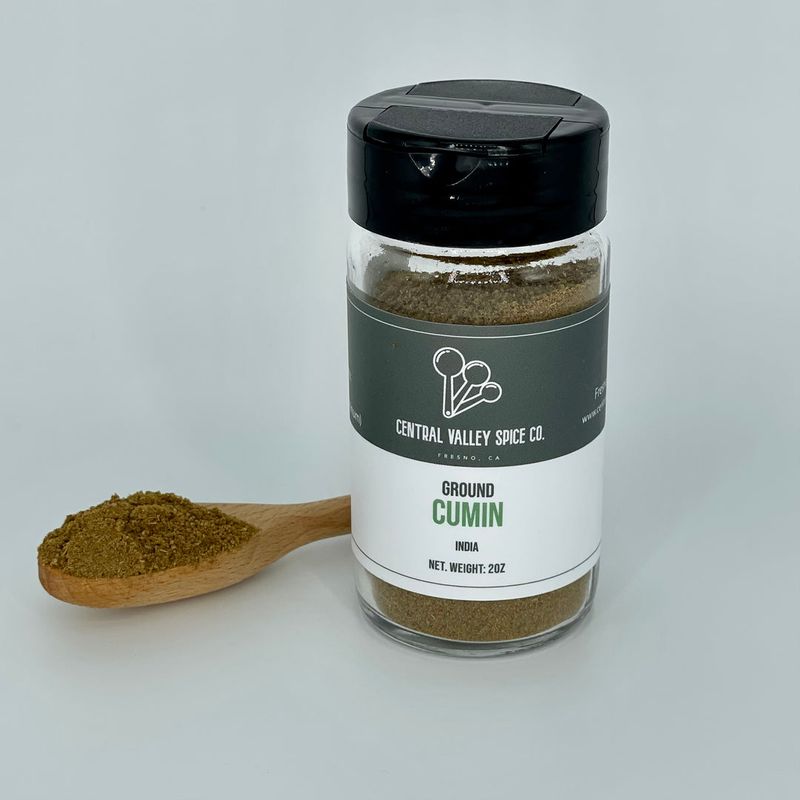
Cumin is a staple in many kitchens, renowned for its warm, earthy flavor and aroma. It is widely used in Middle Eastern, Indian, and Mexican cuisines. Cumin seeds can be used whole or ground, and they pair well with a variety of dishes such as curries, stews, and chili. To enhance the flavor, toast the seeds in a hot, dry pan before grinding them. This spice is excellent for adding depth to meat dishes and roasted vegetables. Cumin also complements legumes, enhancing the taste of lentils and beans. Store cumin in an airtight container to maintain its freshness and potency.
2. Sumac
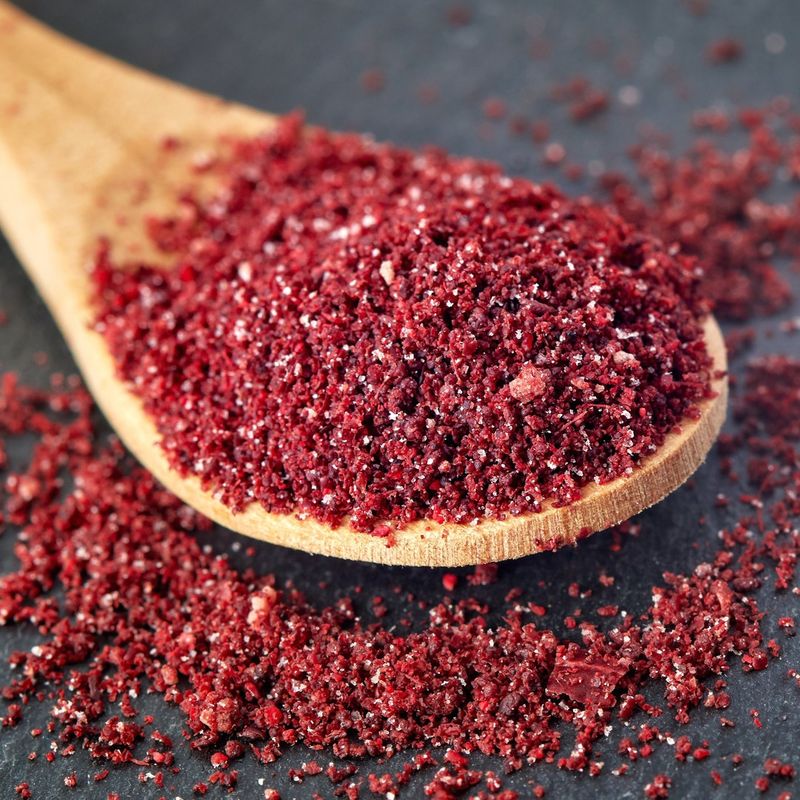
Sumac brings a tangy, lemony flavor to dishes, popular in Middle Eastern cooking. Its bright red hue adds a visual appeal, making it a favorite for garnishing. Use sumac to sprinkle over salads, rice, and grilled meats. It can also be mixed into dressings or marinades for an extra zing. Sumac pairs beautifully with roasted vegetables and adds a refreshing twist to classic recipes. For a simple, yet flavorful dish, try dusting sumac over freshly sliced tomatoes or cucumbers. Store it in a cool, dark place to preserve its color and flavor.
3. Saffron
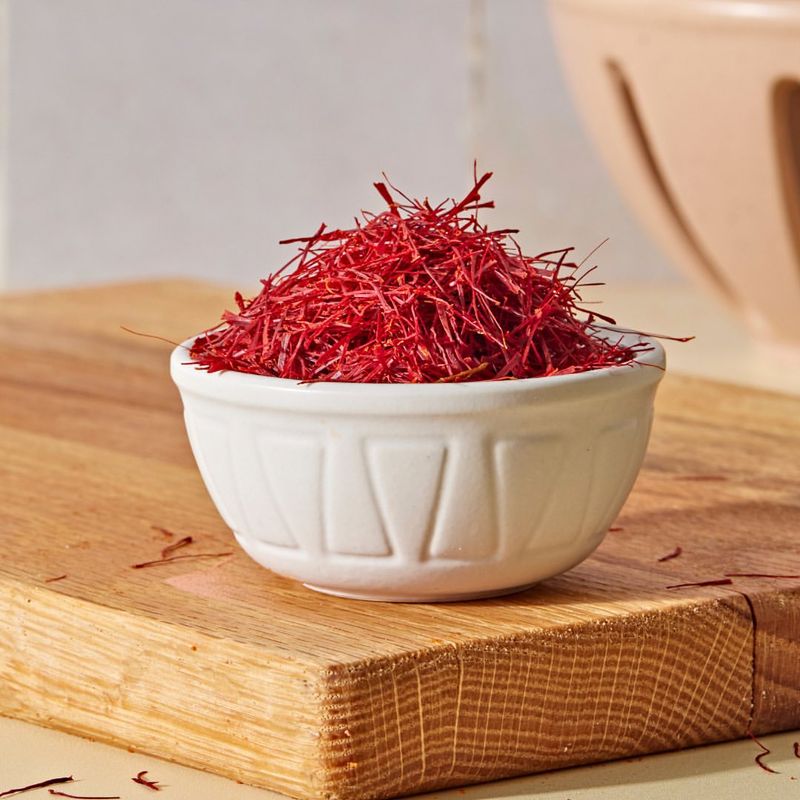
Saffron, known as the world’s most expensive spice, imparts a golden color and unique aroma. It is essential in dishes like paella, risotto, and biryani. A little goes a long way; just a few strands are enough to infuse a dish with its distinct flavor. To maximize its potency, soak saffron in warm water or broth before adding it to your recipe. Saffron pairs well with fish, chicken, and rice, enhancing the dish’s complexity. Keep saffron in a tightly sealed container, away from direct sunlight, to maintain its quality. Use it sparingly to make it last longer.
4. Fenugreek
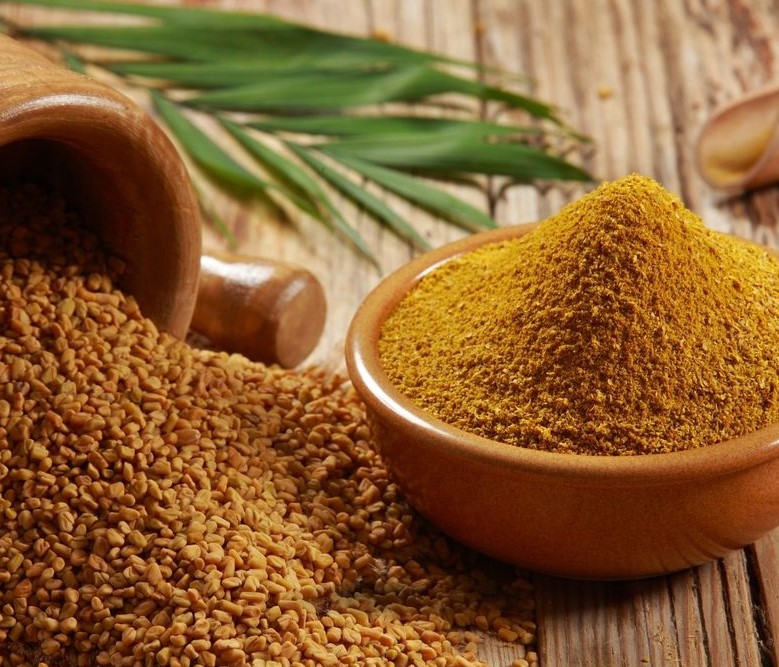
Fenugreek is a versatile spice with a slightly bitter taste and a hint of sweetness. It is a common ingredient in Indian and Ethiopian cuisines. The seeds are often used in spice blends like curry powder and are great for pickling. Toasting fenugreek seeds enhances their flavor, making them a great addition to curries and stews. The leaves can also be used fresh or dried, adding a unique flavor to sauces and soups. Fenugreek complements dishes with meat and vegetables, offering a distinctive taste. Store it in a cool, dry place to ensure its longevity.
5. Cardamom
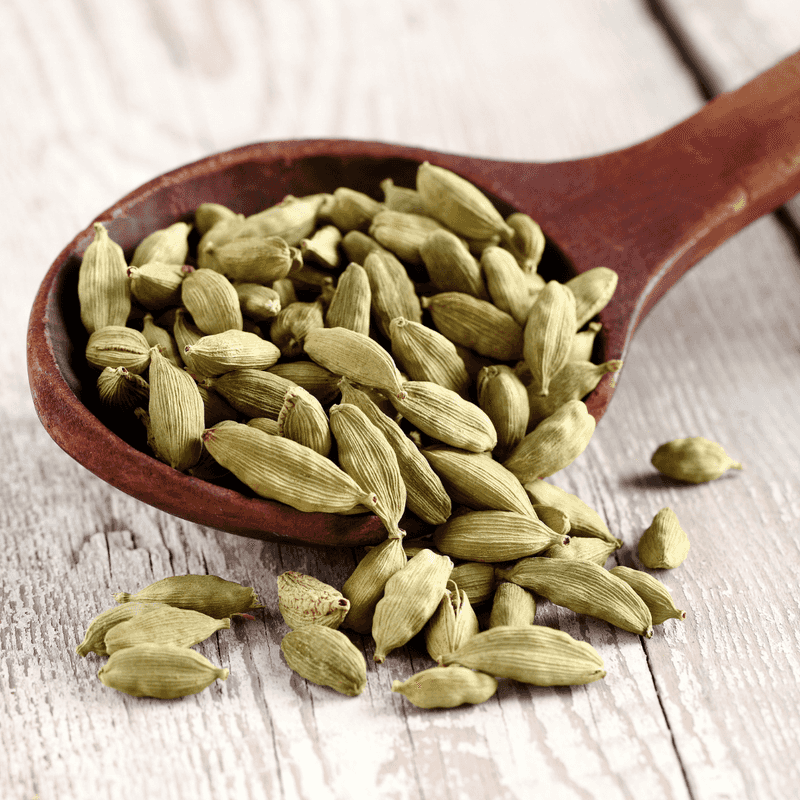
Cardamom is a fragrant spice with a sweet, floral flavor, used in both savory and sweet dishes. It is a key ingredient in Indian chai and Scandinavian pastries. Cardamom comes in two varieties: green and black, each offering distinct flavors. Green cardamom is versatile, excellent for curries, rice dishes, and tea. Crush the pods to release their aromatic seeds for maximum flavor. Black cardamom is smokier, ideal for hearty stews and meats. Store cardamom in an airtight container to maintain its fragrance. Try adding a pinch to coffee or desserts for an exotic taste.
6. Coriander
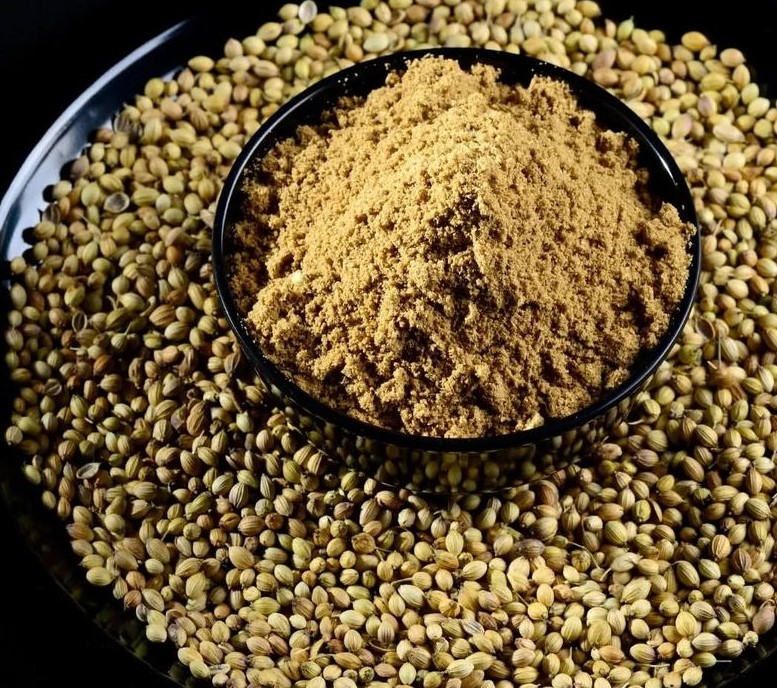
Coriander is a dual-purpose spice, offering both seeds and leaves for culinary use. The seeds have a warm, citrusy flavor, suitable for Indian, Thai, and Mexican dishes. Ground coriander is excellent in spice rubs for meat and fish, while whole seeds can be used in pickling and brining. The fresh leaves, known as cilantro, add a burst of freshness to salads and salsas. Toasting the seeds enhances their flavor, making them a great addition to spice blends. Store coriander seeds in a cool, dry place to preserve their freshness, while fresh leaves should be refrigerated.
7. Turmeric
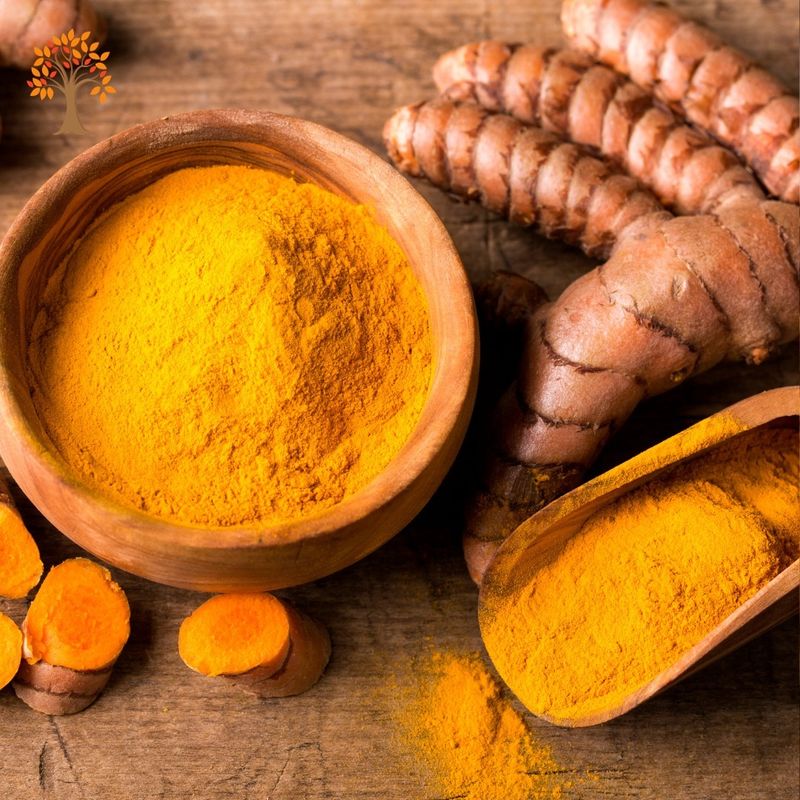
Turmeric is a yellow spice, known for its earthy, slightly bitter flavor. It is widely used in Indian and Southeast Asian cuisines. Turmeric adds color and depth to curries, soups, and rice dishes. To extract maximum flavor, cook turmeric in oil at the beginning of cooking. It pairs well with coconut milk, enhancing the richness of the dish. Fresh turmeric root is also available and can be grated into recipes. Store ground turmeric in a cool, dark place to maintain its color and potency. Fresh roots should be refrigerated to extend their shelf life.
8. Paprika
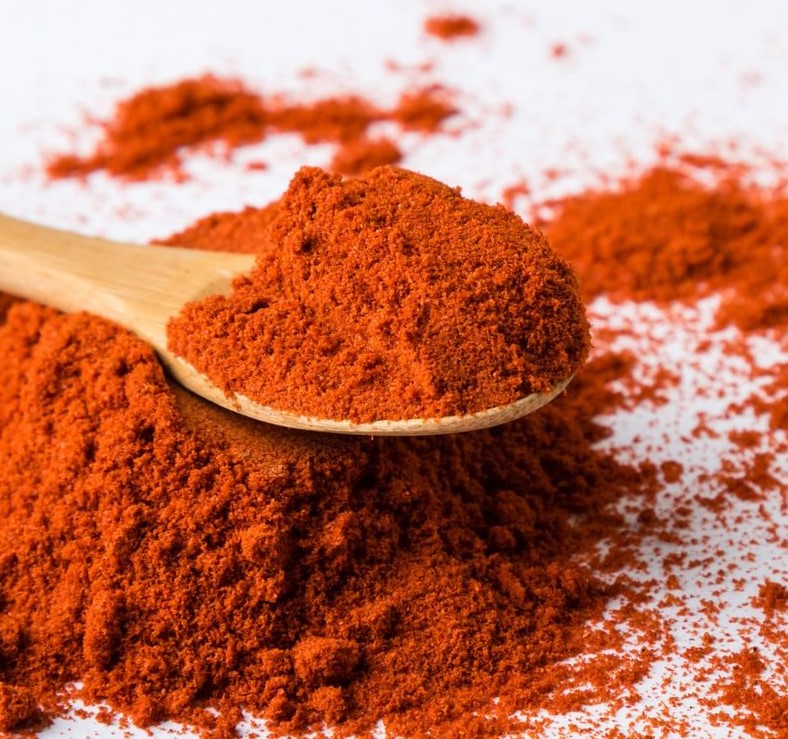
Paprika is a versatile spice made from ground peppers, offering a range of flavors from sweet to hot. It is a staple in Hungarian, Spanish, and Indian cuisines. Paprika adds color and flavor to stews, soups, and roasted meats. For a smoky taste, choose smoked paprika, which works wonders in paellas and BBQ dishes. Sweet paprika is ideal for adding a mild, fruity flavor to dishes. Store paprika in an airtight container, away from light, to preserve its color. Sprinkle it over deviled eggs or potato salads for a pop of color and flavor.
9. Anise
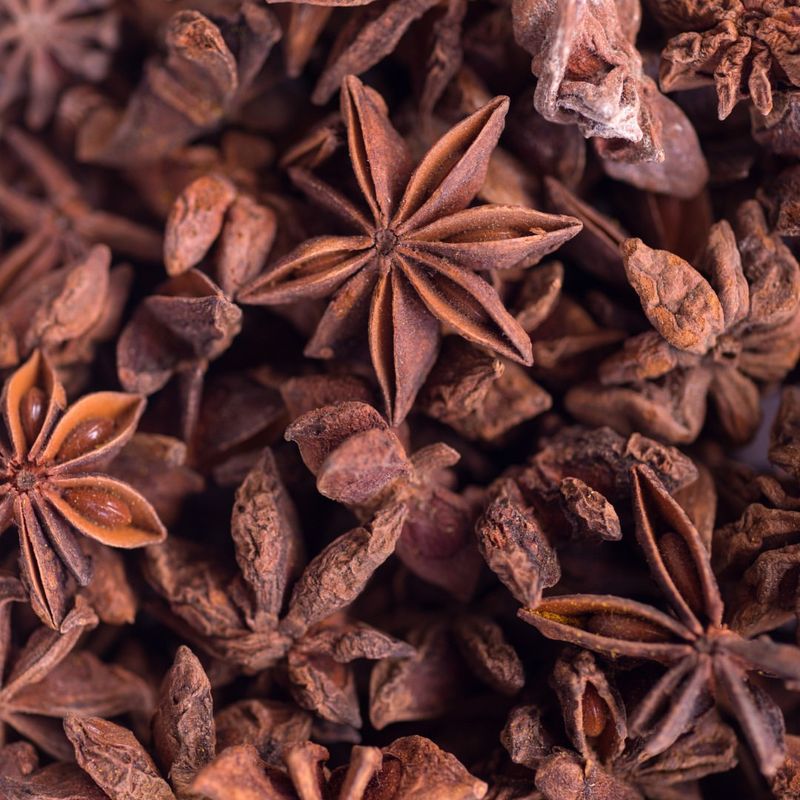
Anise has a sweet, licorice-like flavor, commonly used in baking and candy making. It is popular in Mediterranean and Middle Eastern cuisines. The spice can be used whole or ground, adding depth to cookies, cakes, and bread. Anise is also a key ingredient in spiced beverages, and herbal teas. When cooking with anise, a little goes a long way, so use it sparingly to avoid overpowering the dish. Store anise in a cool, dry place to maintain its potency. It also pairs well with savory dishes, such as roasted meats and vegetables.
10. Mustard Seeds
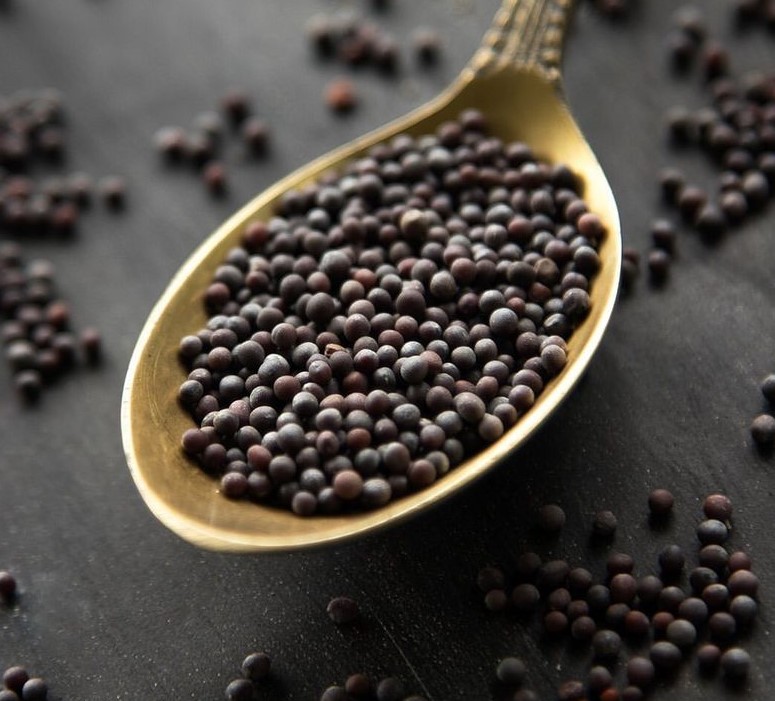
Mustard seeds bring heat and tang to dishes, widely used in Indian and European cuisines. Available in yellow, brown, and black varieties, each offering different levels of heat. Mustard seeds are essential in pickling and brining, as well as spice rubs for meats. Toast the seeds in a dry pan to enhance their nutty flavor before grinding them into mustard paste. Mustard seeds pair well with cabbage, potatoes, and sausages. Store them in an airtight container to ensure freshness. For a quick flavor boost, add mustard seeds to stir-fries or salad dressings.
11. Cloves
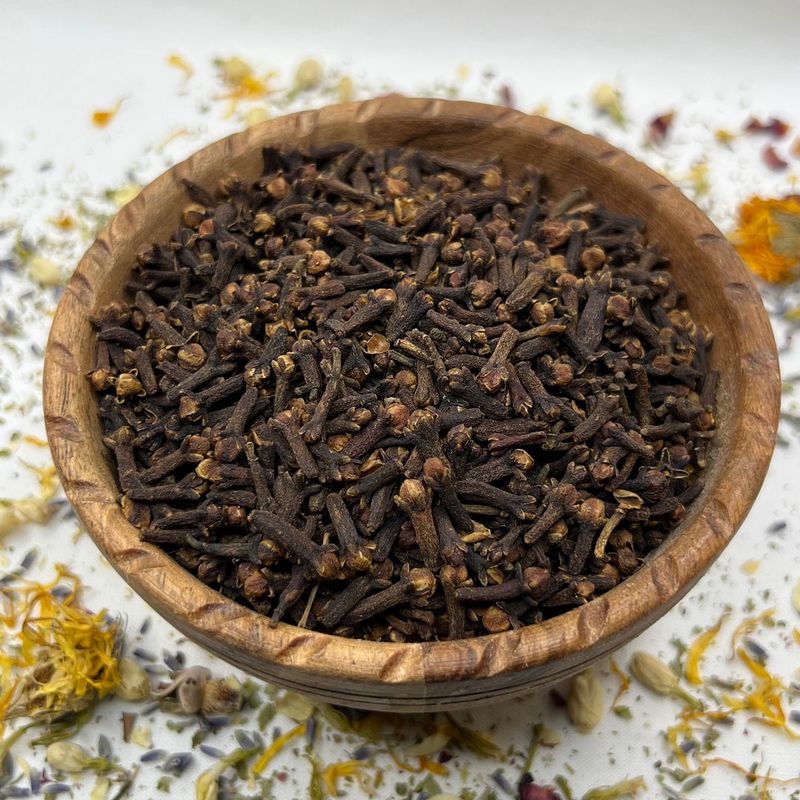
Cloves are aromatic flower buds with a sweet, spicy flavor, used in both savory and sweet dishes. They are common in Asian, African, and Middle Eastern cuisines. Whole cloves can be used to infuse flavor into broths, stews, and baked goods. Ground cloves are excellent for spice blends, such as garam masala and pumpkin spice. When cooking with cloves, use them sparingly as their strong flavor can overpower a dish. Store cloves in a cool, dry place to preserve their potency. They pair well with oranges, apples, and other warm spices.
12. Nutmeg
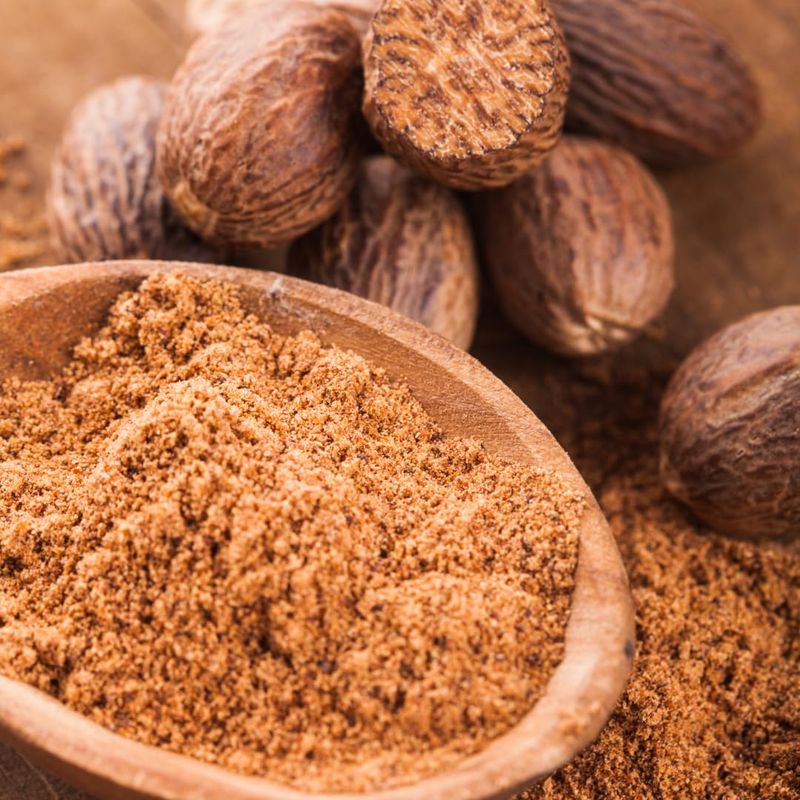
Nutmeg is a warm, aromatic spice ideal for both savory and sweet dishes. It is commonly used in European and Middle Eastern cuisines. Whole nutmeg can be grated into dishes, offering a more intense flavor than pre-ground options. Nutmeg is excellent in béchamel sauce, mashed potatoes, and creamy soups. In baking, it adds depth to cakes and cookies. Grate nutmeg just before use to enjoy its full aroma and flavor. Store whole nutmeg in an airtight container to maintain its freshness. A pinch of nutmeg can also enhance the flavor of spinach and other leafy greens.
13. Ginger
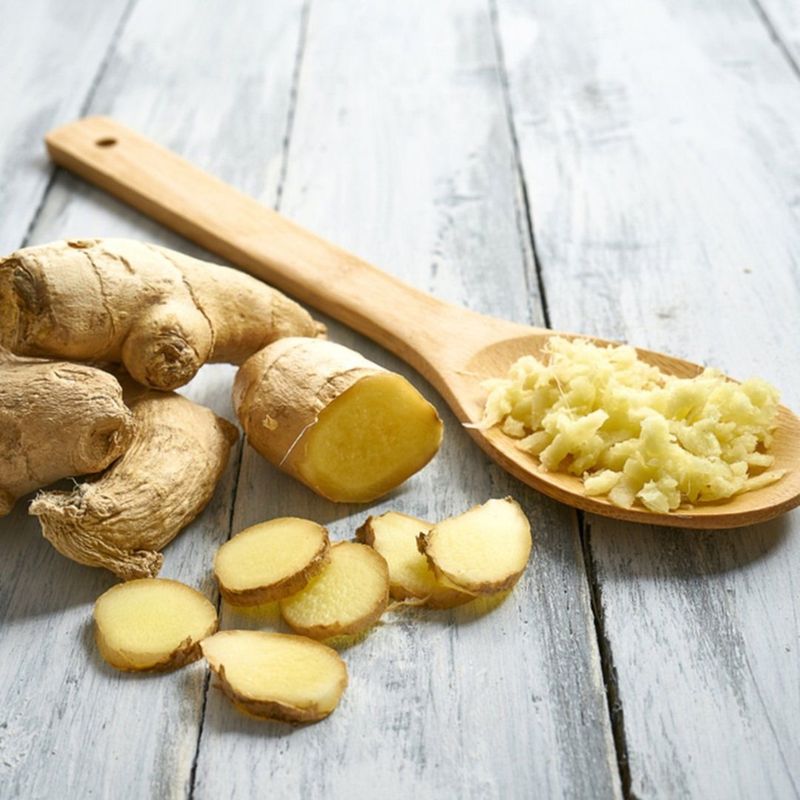
Ginger is a zesty and aromatic spice used in both fresh and dried forms in Asian, Indian, and Caribbean cuisines. Fresh ginger root is ideal for stir-fries, marinades, and teas, while ground ginger adds warmth to baked goods. Peel and grate fresh ginger for maximum flavor in your dishes. Ginger pairs well with soy sauce, garlic, and citrus, making it a versatile addition to both savory and sweet recipes. Store fresh ginger in the refrigerator, and keep ground ginger in a cool, dark place. A touch of ginger can enhance the flavor of soups and dressings.
14. Cinnamon

Cinnamon is a fragrant and sweet spice used in a variety of cuisines worldwide. It is essential in baking, as well as savory dishes such as Moroccan tagines. Available in stick and ground forms, cinnamon adds warmth and depth to dishes. Cinnamon sticks can be used to infuse flavor into hot beverages, while ground cinnamon is ideal for baked goods. Store cinnamon in an airtight container to preserve its aroma. It pairs well with apples, pears, and chocolate. For a savory twist, try using cinnamon in stews or meat rubs. A hint of cinnamon can also enhance the flavor of roasted vegetables.
15. Allspice
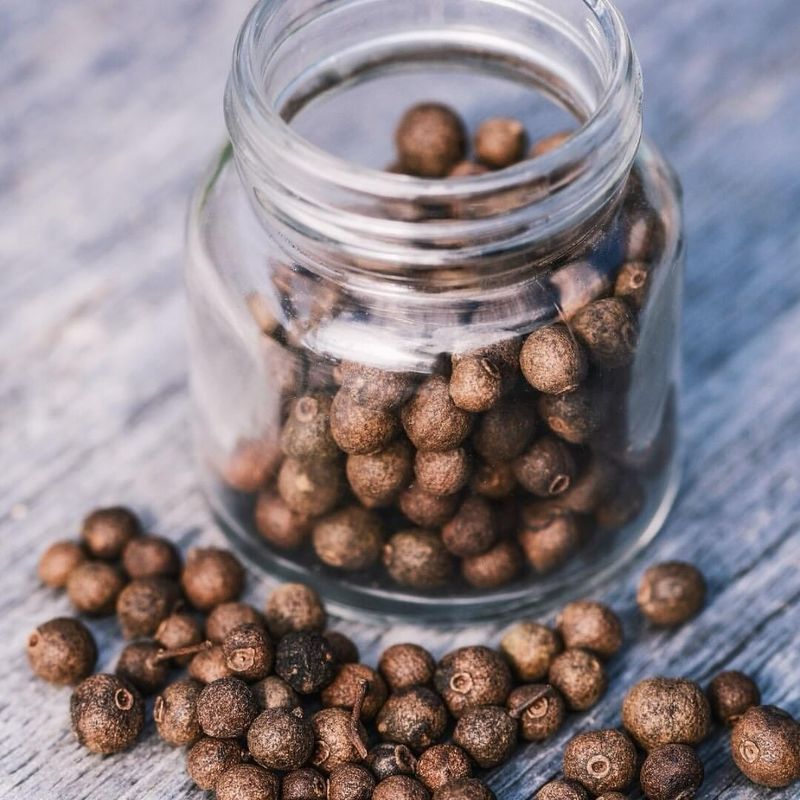
Allspice, despite its name, is a single spice with a flavor reminiscent of cinnamon, nutmeg, and cloves. It is commonly used in Caribbean, Middle Eastern, and American cuisines. Allspice is excellent in both sweet and savory dishes, such as jerk chicken, pumpkin pie, and spiced cider. Whole allspice berries can be ground to release their full flavor, making them versatile for various recipes. Store allspice in an airtight container away from heat and light. It pairs well with meats, curries, and desserts, adding complexity to any dish. Try using allspice in spice blends for an aromatic kick.
16. Bay Leaves

Bay leaves add a subtle, earthy flavor to soups, stews, and braises. They are commonly used in Mediterranean and French cuisines. Add bay leaves at the beginning of cooking to allow their flavor to infuse into the dish. Remember to remove them before serving, as they can be tough to chew. Bay leaves work well with meats, beans, and tomatoes, enhancing the overall taste. Store dried bay leaves in an airtight container to retain their flavor. For a more intense flavor, try crushing the leaves slightly before adding them to the pot. They are also a key ingredient in bouquet garni.
17. Mace
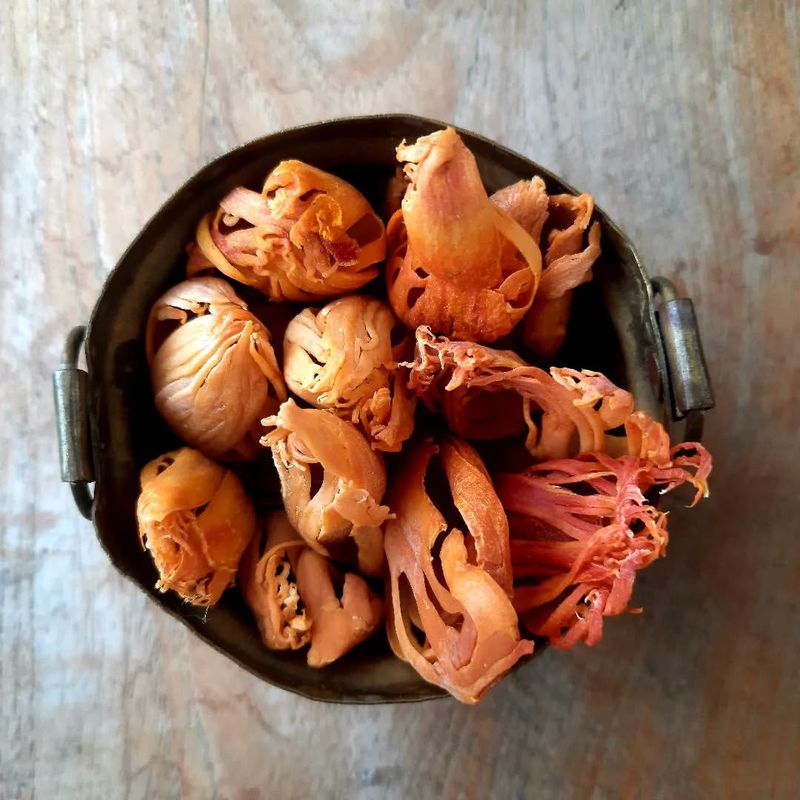
Mace is the outer covering of nutmeg seeds, offering a similar but slightly more delicate flavor. It is used in both sweet and savory dishes in European and Indian cuisines. Mace is ideal for flavoring sauces, soups, and baked goods. It can be used whole or ground, providing a warm, spicy aroma to dishes. Mace complements dishes with potatoes, spinach, and meats, adding an extra layer of flavor. Store mace in a cool, dry place to maintain its potency. For a unique taste, try adding mace to custards or creamy desserts.
18. Tamarind
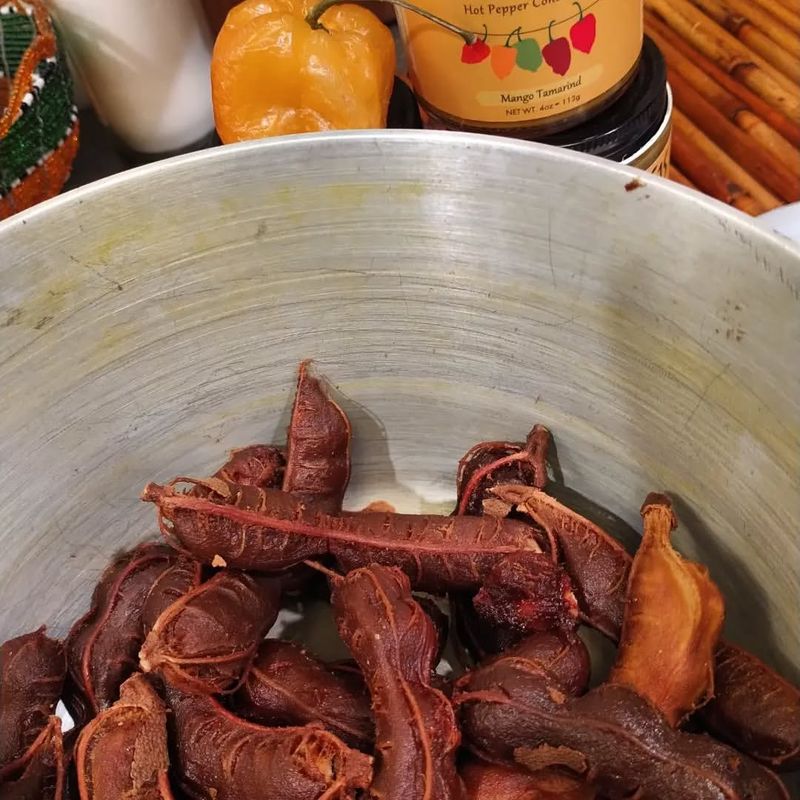
Tamarind is a tangy and slightly sweet fruit used as a spice in Indian, Thai, and Mexican cuisines. It adds a unique sourness to dishes like curries, sauces, and beverages. Tamarind paste is convenient for cooking, providing a concentrated flavor. Dilute the paste with water to use in recipes, adjusting the quantity to suit your taste. Tamarind pairs well with chili and sugar, balancing the flavors in savory and sweet dishes. Store tamarind paste in an airtight container in the refrigerator to prolong its shelf life. For a refreshing drink, mix tamarind paste with water and sugar.
